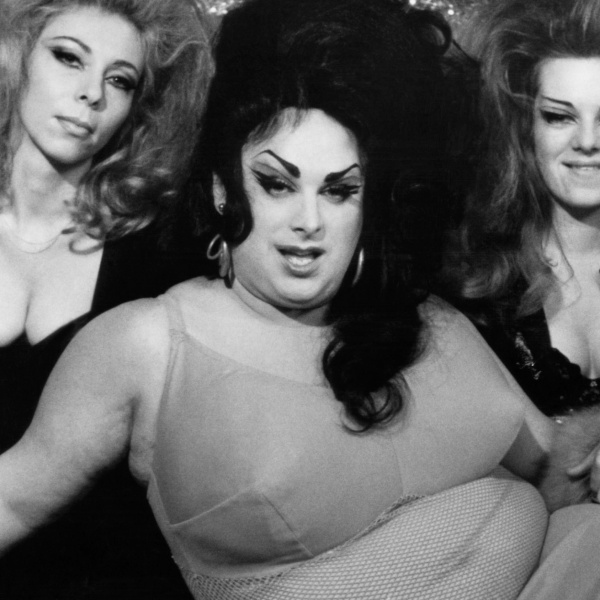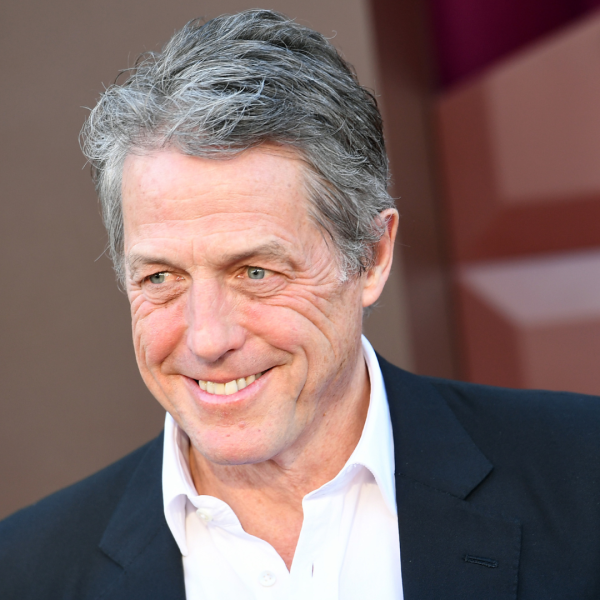Cinematographer Rodrigo Prieto and costume designer Jacqueline West take audiences to 1920s Oklahoma in Martin Scorsese’s “Killers of the Flower Moon.” This is three-time Oscar nominee Prieto’s fourth collaboration with Scorsese after “The Wolf of Wall Street,” “Silence,” and “The Irishman,” and the Eric Roth-written drama about the Osage nation standing up to systematic murder by white settlers marks Jacqueline West’s first pairing with Scorsese.
IndieWire celebrated the craft behind the Apple Original Films awards contender with a panel on Friday, January 12, moderated by Jim Hemphill, IndieWire’s Crafts and Special Projects Features Writer, and led by Prieto and West. The event took place at NeueHouse Hollywood and brought the crafts community together for an evening honoring Scorsese’s film; both Prieto and West have been nominated for awards by their respective guilds. Watch the video below.
“One of the first things that I remember we did in my first trip to Oklahoma was have this big meeting with the Osage,” Prieto said, echoing Scorsese’s previous remarks about meeting with the subjects of his film to set the right respectful tone. “It was a dinner and there were about 250 Osage. It was amazing. And the first thing I felt was this trepidation. But people stood up and talked, and a big thing was: How are you planning to tell our story? This is something that’s relatively recent, and people still have the scars and the feeling of it, and their aunts and mothers and grandmothers … I do remember someone saying, ‘Please make sure you talk about our mothers and our grandmothers and their basis of our society and what they went through.’ So it was very special, and I think that really got us going in the right direction.”
“I came on much later. I came on when the new script was already in place and I’d never worked with Marty before,” said West, noting how Scorsese and Eric Roth flipped the script to tell the story from the Osage POV rather than the FBI. “I started doing research on the Osage. Though I’ve done a lot of research on plains tribes, I knew very little about the Osage for obvious reasons. We’re not taught about the Osage in school because of what happened, the murder, mayhem, deceit, betrayal. My husband is one-fourth Blackfeet, so we both have a real feeling about Native Americans, how they’ve been betrayed by Hollywood and a disservice [was] done to them in so many ways in their different histories… By the time I arrived in Osage County, I had 2,000 photographs, but they were all in black and white. So I had to really start thinking about what I was going to do with color palette in the movie.”
West said that “Rodrigo… was able to turn those black-and-white photographs into something that really rang true to the period, along with how we shot all the black and white footage, all the newsreels. It looked so real. It looked exactly like what I’d been looking at for four months.”
“Osage in general didn’t actually write their rituals or their history. It’s oral history, it’s told,” Prieto said. “So that’s one way of telling stories. But here we have the newsreel, we have the photos we have at the end of the radio show, and then we have the movie that we’re making, and it’s all the way we are telling a story. How do I represent that? I thought still photography was a way, so I started doing a deep dive into the techniques of still photography of the different eras. I started even testing pinhole photography, which was the beginning of photography… This research took me to the Lumière brothers, who pioneered a technique for creating color and photography that’s called autochrome, which is actually plate transparencies done with glass and potato starch that create the filters for color and also silver highlights. The color of autochrome I thought would be a good way to represent the characters that are from European descent because autochrome … [is] an import just like Ernest and William Hale, and they’re all immigrants.”
But, Prieto said, they ultimately changed the look: “It seemed to me as I learned more about the Osage, that obviously their connection to nature is a very important part of their culture, the position of the sun for their different rituals. So I thought, OK, so I can’t shoot their part of the story with autochrome. So that’s naturalistic color, that’s based on film negative, and the way it responds on film print. At a certain point, the house of Mollie’s sister explodes. That’s when everything goes to hell. Ernest’s feelings of guilt and confusion are enhanced, Mollie’s getting sicker, and now everybody’s in hell basically, so we changed the look, so now everybody didn’t separate between the Osage and the white folk. I looked for something that would give it more contrast, a harsher image. So we used a technique pioneered by Vittorio Storaro, basically a printing technique that adds contrast and takes color away.”
“I think we did about 4,000 costumes, and we made everything in-house because, as I said, you’re not going to find anything from the 20s that’s Osage in any costume house,” West said. “I brought 2,000 photos printed out in black and white to Oklahoma, and we put the boards up when we fit everybody. And I said, take a person off the board and dress ’em exactly like that down to every detail. And they did. And it was amazing. That’s what gives it the feeling of almost a documentary. And this movie was like time travel for me. It really was with the sets and the way Rodrigo shot it and walking onto them with these people who really were Osage. It was time travel.
Check out photos from the IndieWire celebration of “Killers of the Flower Moon” crafts below. And watch an in-depth video essay look at Prieto and West’s contribution to the film here.
-
IndieWire’s Event to Celebrate the Craft Behind “Killers of the Flower Moon”

Image Credit: John Salangsang for IndieWire The audience for IndieWire’s event to celebrate the craft behind “Killers of the Flower Moon,” held at NeueHouse Hollywood.
-
Rodrigo Prieto

Image Credit: John Salangsang for IndieWire “Killers of the Flower Moon” cinematographer Rodrigo Prieto
-
Jacqueline West and Jim Hemphill

Image Credit: John Salangsang for IndieWire “Killers of the Flower Moon” costume designer Jacqueline West and IndieWire moderator Jim Hemphill.
-
Jim Hemphill, Jacqueline West, and Rodrigo Prieto

Image Credit: John Salangsang for IndieWire Jim Hemphill, Jacqueline West, and Rodrigo Prieto.
-
Jacqueline West, Rodrigo Prieto and James Israel

Image Credit: John Salangsang for IndieWire Jacqueline West, Rodrigo Prieto, and IndieWire Publisher and Senior Vice President James Israel.
-
James Israel, Jacqueline West, Dana Harris-Bridson, and Rodrigo Prieto

Image Credit: John Salangsang for IndieWire James Israel, Jacqueline West, IndieWire Editor-in-Chief and Senior Vice President Dana Harris-Bridson, and Rodrigo Prieto.
-
Jim Hemphill, Rodrigo Prieto, and Jacqueline West

Image Credit: John Salangsang for IndieWire Jim Hemphill, Rodrigo Prieto, and Jacqueline West.
-
Jacqueline West

Image Credit: John Salangsang for IndieWire Jacqueline West
-
Jim Hemphill, Rodrigo Prieto, and Jacqueline West

Image Credit: John Salangsang for IndieWire Jim Hemphill, Rodrigo Prieto, and Jacqueline West.
-
Dana Harris-Bridson, Benjamin Schwartz, and Richard Schwartz

Image Credit: John Salangsang for IndieWire IndieWire Editor-in-Chief Dana Harris-Bridson, writer Benjamin Schwartz, and Richard Schwartz at IndieWire’s Event to Celebrate the Craft Behind “Killers of the Flower Moon” held at NeueHouse Hollywood on January 12, 2024 in Los Angeles, California.
-
Production Designers David Bridson, Christian Zollenkopf, and Emma Fairley

Image Credit: John Salangsang for IndieWire David Bridson, Christian Zollenkopf, and Emma Fairley at IndieWire’s Event to Celebrate the Craft Behind “Killers of the Flower Moon” held at NeueHouse Hollywood on January 12, 2024 in Los Angeles, California.
-
Attendees at IndieWire’s “Killers of the Flower Moon” Crafts Celebration

Image Credit: John Salangsang for IndieWire Marilyn Ghigliotti and guests at IndieWire’s crafts celebration of “Killers of the Flower Moon” held at NeueHouse Hollywood on January 12, 2024 in Los Angeles, California.





